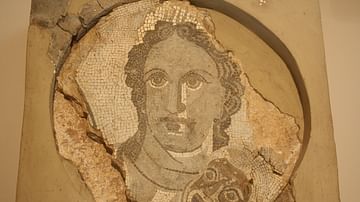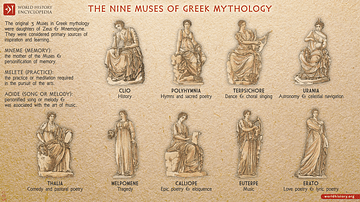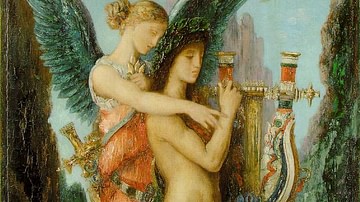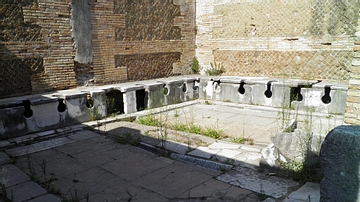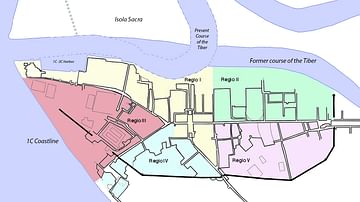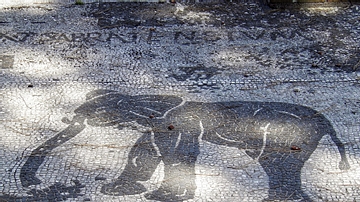Illustration
In ancient mythology, Thalia was one of the 9 Muses. The Muses were female companions of the god Apollo and devoted to the arts and sciences. Although Thalia was associated with comedy, Roman poets described her as graceful and tender. This skillfully carved marble statue beautifully captures her spirit. The ivy wreath and shepherd's crook symbolize Thalia's connection with the countryside. Her heavy mantle has slipped from her shoulders, revealing a thinner under-garment that accentuated her alluring female body. The statue was discovered in 1776 CE by the British painter and excavator Gavin Hamilton. It came to light with a number of other sculptures in an ancient bath building in Rome's port city, Ostia. Roman, 2nd century CE. (The British Museum, London)
Cite This Work
APA Style
Amin, O. S. M. (2016, June 17). Thalia. World History Encyclopedia. Retrieved from https://www.worldhistory.org/image/5236/thalia/
Chicago Style
Amin, Osama Shukir Muhammed. "Thalia." World History Encyclopedia. Last modified June 17, 2016. https://www.worldhistory.org/image/5236/thalia/.
MLA Style
Amin, Osama Shukir Muhammed. "Thalia." World History Encyclopedia. World History Encyclopedia, 17 Jun 2016. Web. 24 Apr 2024.


